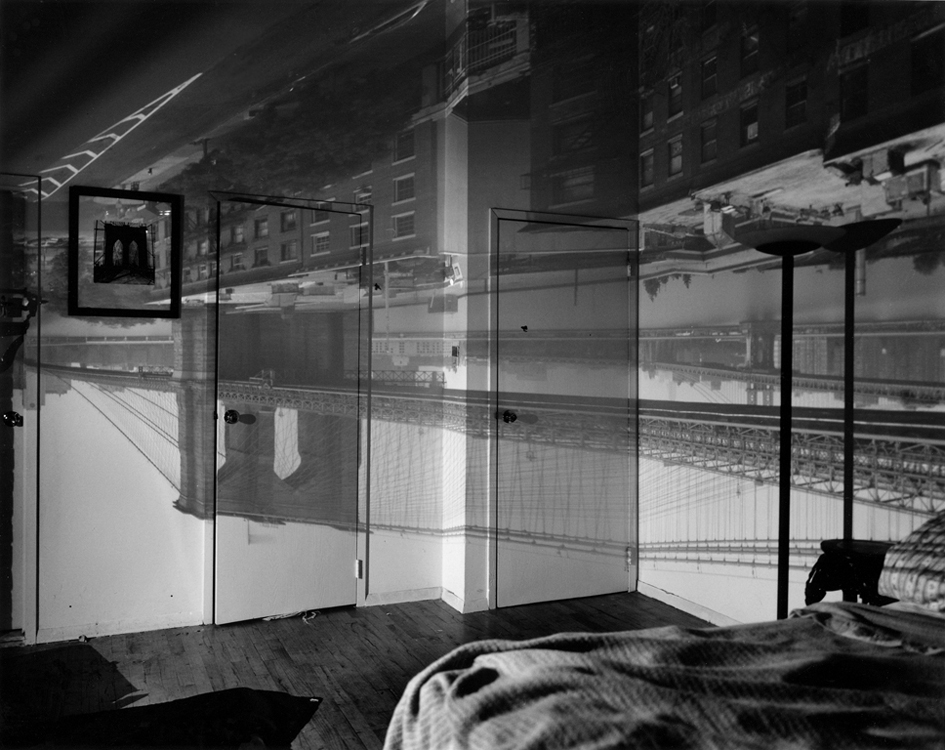Photography has come a long way in its relatively short history. In almost 200 years, the camera developed from a plain box that took blurry photos to the high-tech mini computers found in todays cameras and smartphones.

The basic concept of photography has been around since about the 5th century B.C.E. It wasn’t until an Iraqi scientist developed something called the camera obscura in the 11th century that the art was born.
Even then, the camera did not actually record images, it simply projected them onto another surface. The images were also upside down, though they could be traced to create accurate drawings of real objects such as buildings.

The first camera obscura used a pinhole in a tent to project an image from outside the tent into the darkened area. It was not until the 17th century that the camera obscura became small enough to be portable. Basic lenses to focus the light were also introduced around this time.
JOESPH NICEPHORE NIEPCE
Photography, as we know it today, began in the late 1830s in France. Joseph Nicéphore Niépce used a portable camera obscura to expose a pewter plate coated with bitumen to light. This is the first recorded image that did not fade quickly.
/first-photograph-2673939-5b0840770e23d90036127dd6.jpg)
For his first experiments , Nicéphore Niépce positioned at the back of a camera obscura sheets of silver salts coated paper, known to blacken with daylight . In May 1816 he produced the first image of nature : a view from a window (see above). It was a negative and the image vanished because in broad daylight the coated paper becomes completely black . He calls these images “retinas”.
Niépce’s success led to a number of other experiments and photography progressed very rapidly. Daguerreotypes, emulsion plates, and wet plates were developed almost simultaneously in the mid- to late-1800s.
DAGUERREOTYPES
Daguerreotype, first successful form of photography, named for Louis-Jacques-Mandé Daguerre of France, who invented the technique in collaboration with Nicéphore Niépce in the 1830s. Daguerre and Niépce found that if a copper plate coated with silver iodide was exposed to light in a camera, then fumed with mercury vapour and fixed (made permanent) by a solution of common salt, a permanent image would be formed on the copper plate. A great number of daguerreotypes, especially portraits, were made in the mid-19th century; the technique was supplanted by the wet collodion process.
/https://tf-cmsv2-smithsonianmag-media.s3.amazonaws.com/filer/bd/7d/bd7d625e-d40d-431e-baca-34578201261b/daguerreotype4.jpg)
HENRY FOX TALBOT
In 1841 Talbot applied for a patent on his “Calotype Process”. To produce a negative, the paper was first washed in nitrate of silver then with potassium iodide, forming silver iodide. Before exposure the paper was coated with a compound of acetic aced with silver nitrate and gallic acid, forming gallo silver nitrate. The paper was rinsed and dried before exposure in the camera. After exposure the paper was again washed with the gallo silver nitrate, then a hot solution of hypo was used as a fixative. A positive print could now be made on paper treated with silver chloride. Thus, Talbot became the creator of negative-positive photography.

Talbot published the first book illustrated with photographs in 1844. The book, titled The Pencil of Nature, contains 24 photographs of genre scenes of everyday life and a text of predictions and ambitions for the art of photography. There are fifteen copies in existence, two may be found in the museum at Lacock Abby.
GEORGE EASTMAN
Eastman introduced the Kodak camera (also known as the brownie camera) in 1888. Thanks to his inventive genius, anyone could now take pictures with a handheld camera simply by pressing a button. He coined the slogan, “you press the button, we do the rest,” and within a year it became a well-known phrase

Eastman built his business on four basic principles: a focus on the customer, mass production at low cost, worldwide distribution, extensive advertising. Using these four principles, Kodak cameras became the most accessible art form as it was cheap and easy to do, leading to normal people taking pictures of everyday moments- this meant that photography became something less formal- as up to this point the main photography form that existed were portraits of influential people.

FILM/PRINT PHOTOGRAPHY
Cameras started being generated on a global scale in order to compete with mass consumerism, pictures were no longer formal- they captured memories and moments throughout the decades.

DIGITAL PHOTOGRAPHY
Photos evolved to the point where you no longer need paper, Digital photography uses cameras containing arrays of electronic photodetectors to produce images focused by a lens, as opposed to an exposure on photographic film. The captured images are digitized and stored as a computer file ready for further digital processing, viewing, electronic publishing, or digital printing.

